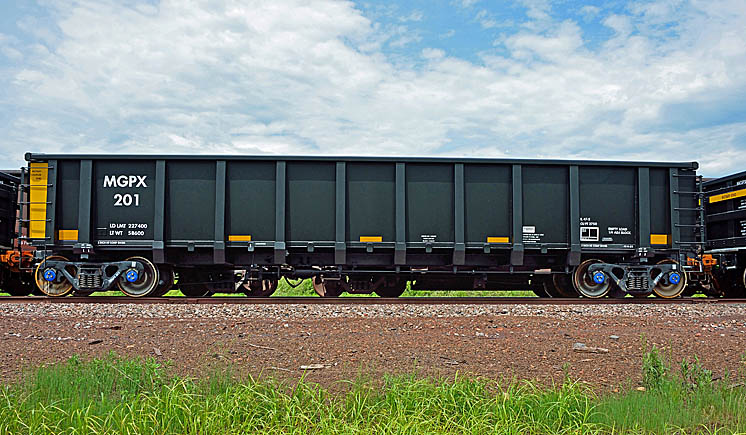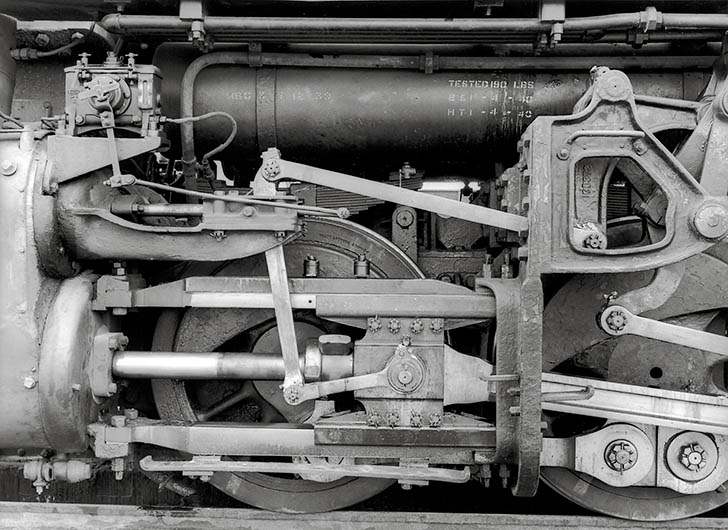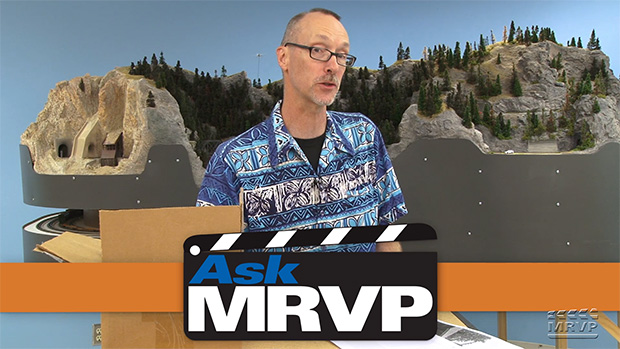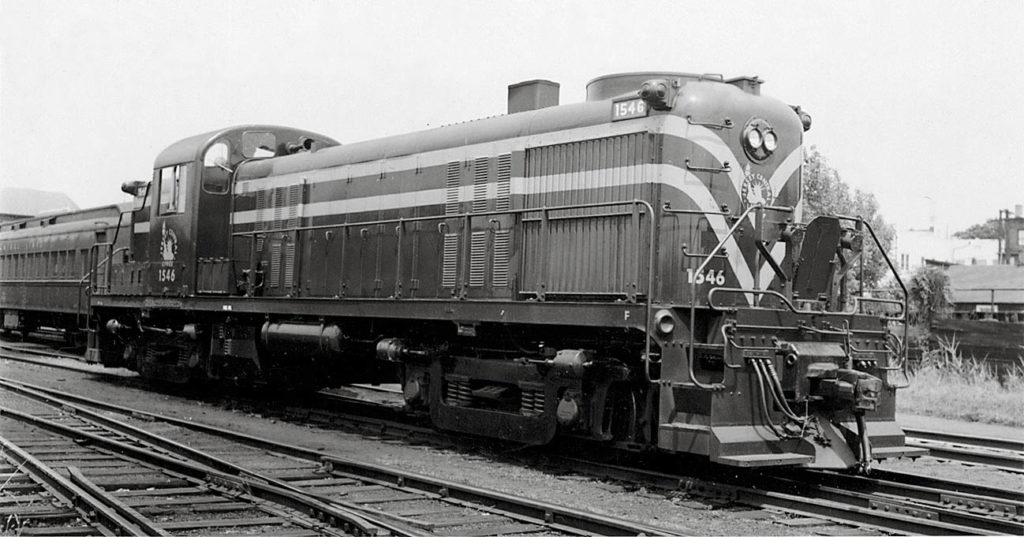
‘American Orient Express’ observation car ‘New York’ at Denver in June 1996. Ten years later, the train would be rebranded as GrandLuxe Express. Chip Sherman Q What happened to the American Orient Express? It appeared on several railroad videos from the 1990s. – Frank Klos, San Diego, Calif. A The genesis of the American Orient […]
Read More…

MGPX No. 201, part of the first batch of Magnetation iron ore cars built by FreightCar America, arrives in Superior, Wis., in June 2014. David C. Schauer Q I live along the BNSF Railway main line west of Chicago, and I have seen black gondola unit trains with MGPX reporting marks. Even from my second-story […]
Read More…

A Cargill unit feed train rolls through Shawnee, Kan., in June 2009. The train consists of covered bathtub gondolas pulled from coal service. Zach Pumphery Q While traveling near Atchison, Kan., I noticed a BNSF Railway train with covered bathtub coal gondolas. What were the covers for, and could they be removed should they be […]
Read More…

Having trouble viewing this video? Please visit our Video FAQ page The holiday lights are shining bright on this episode of Ask MRVP! David starts the festivities by answering a question related to Christmas lighting, before addressing other hobby-related inquiries regarding painting, wiring, benchwork construction, rolling stock repair, and more! […]
Read More…

Having trouble viewing this video? Please visit our Video FAQ page The holiday lights are shining bright on this episode of Ask MRVP! David starts the festivities by answering a question related to Christmas lighting, before addressing other hobby-related inquiries regarding painting, wiring, benchwork construction, rolling stock repair, and more! […]
Read More…

A Norfolk Southern SD70ACe pushes on an empty crude oil train in Toledo, Ohio, in March 2013. Michael D. Harding Q Watching passing freight trains, I’ve seen a locomotive located in the middle or at the end of the train. Are these pusher locomotives being run by remote control by the engineer in the lead […]
Read More…

A conventional two-cylinder locomotive like this one exhausts four times per wheel revolution. This is thanks to the position of the valves. Library of Congress Q At low speed, the four “chuffs” a steam engine makes per wheel rotation all sound the same to me, but at higher speed I think I hear a four-beat […]
Read More…

A water tank on the Pacific Coast Railroad in Washington displays discoloration brought by impurities in the local water. Al Farrow photo, Martin E. Hansen collection Q Did steam locomotive operators test the water prior to filling the tender? Was water treated then or prior to filling the tank? Without treatment would there have been […]
Read More…

Having trouble viewing this video? Please visit our Video FAQ page In this first episode of the fall season, Host David Popp tackles some of your toughest hobby questions! With assistance from Cody Grivno, David addresses inquiries related to layout wiring, illuminating structures, couplers, rolling stock details, and much more! […]
Read More…

Having trouble viewing this video? Please visit our Video FAQ page In this first episode of the fall season, Host David Popp tackles some of your toughest hobby questions! With assistance from Cody Grivno, David addresses inquiries related to layout wiring, illuminating structures, couplers, rolling stock details, and much more! […]
Read More…

Although this CNJ RS3 had dual engineer controls, the “F” defines the leading end for hand or radio signals. Bert Pennypacker Q When diesels replaced steam locomotives, early cab units had snub noses with good front visibility for the engineer. When hood units appeared, some railroads set them up to run short hood forward and […]
Read More…

Having trouble viewing this video? Please visit our Video FAQ page Getting straight cuts is a necessary skill for any modeler. That’s why a good razor saw and miter box are essential tools for any model railroader’s workshop. Senior editor Dana Kawala shows you the basics of using this razor saw/miter box set from […]
Read More…










